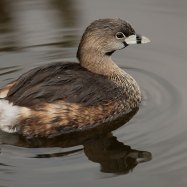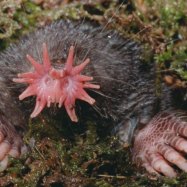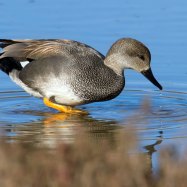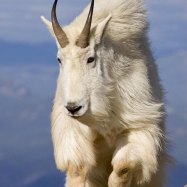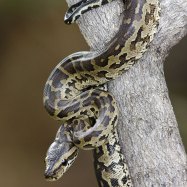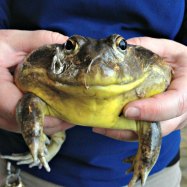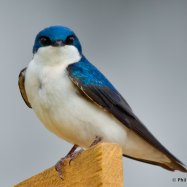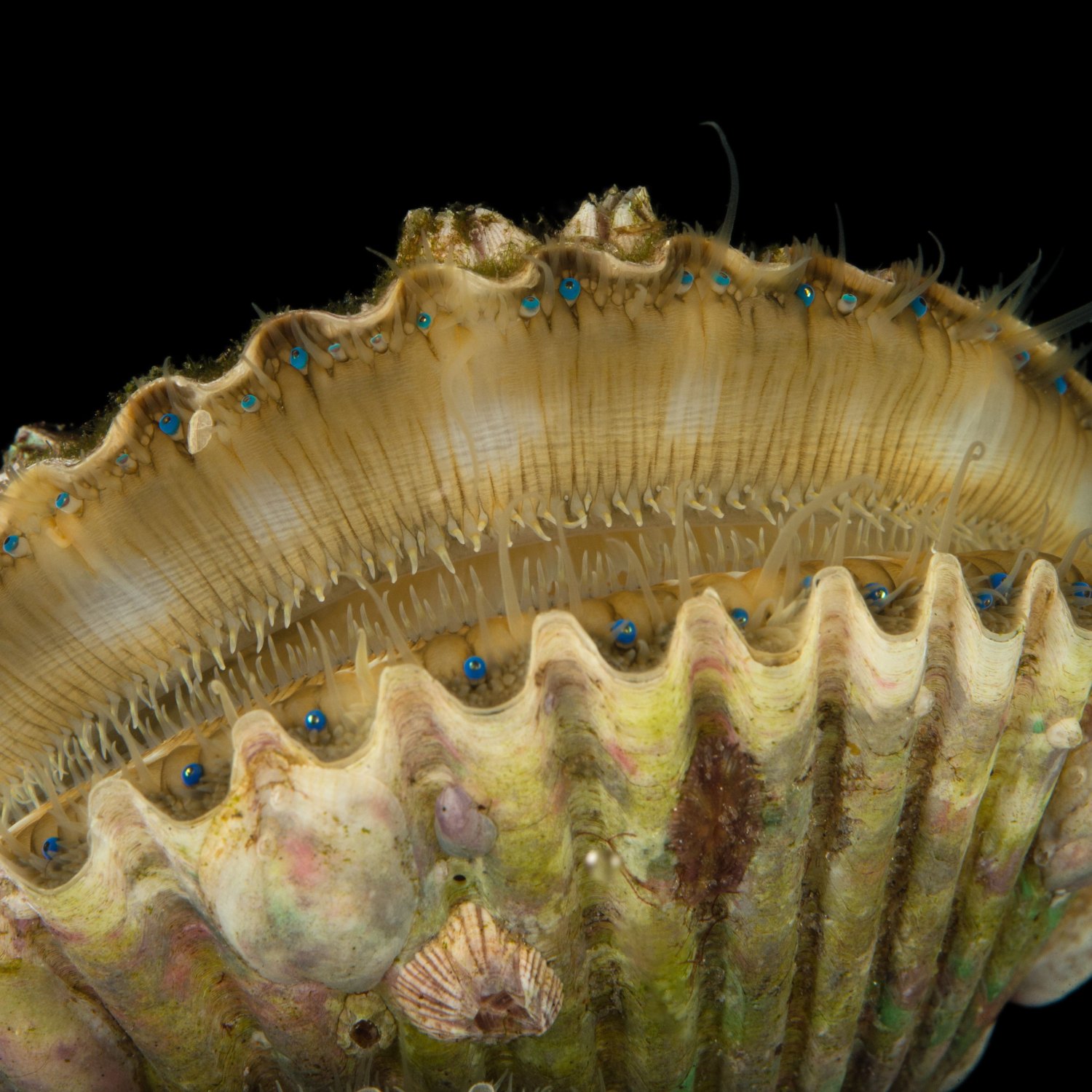
Scallops
2 to 3 inches (5 to 7.5 cm)
Scallops are a type of shellfish that can be found in coastal areas. These small, bivalve creatures are typically between 2 to 3 inches in length and belong to the Pectinidae family. With their unique body shape, these animals have become a popular delicacy in many cuisines around the world. Keep an eye out for these sea creatures the next time you're on the coast! #Scallops #CoastalAnimals #Seafood
Animal Details Summary:
Common Name: Scallops
Kingdom: Animalia
Habitat: Marine
The Mysterious World of Scallops
As we sail across the vast oceans, there are countless inhabitants living in the depths, hidden from our sight. Among them are the fascinating and enigmatic scallops. These creatures, belonging to the Pectinidae family, have intrigued scientists and seafood lovers alike with their unique characteristics and behaviors. Let us dive into the world of scallops and discover why they are considered as hidden gems of the ocean Scallops.A Brief Introduction to Scallops
Scientifically known as Pectinidae, scallops are bivalve mollusks that belong to the Pectinoidea order. They are commonly known as "scallops," derived from the Old French word "escalope," meaning shell, because of their prominent shell structure. These fascinating creatures are found in marine habitats worldwide, making them a significant part of the ocean's ecosystem.Scallops are classified under the Animalia kingdom and the Mollusca phylum. They are further categorized under the Bivalvia class, along with other familiar bivalve species such as clams, oysters, and mussels. Scallops are a diverse group, with over 400 species around the world. They vary in size, coloration, and habitat, making each species unique and distinct.
The Habitat of Scallops
Unlike other marine creatures, scallops are not limited to a specific habitat. They can be found in various parts of the ocean, from the shallow coastal areas to the deep open waters Snow Bunting. They are most commonly found in the Northern and Southern hemispheres, with some species even inhabiting the Arctic and Antarctic regions.Scallops have a unique method of movement, called "jet propulsion," where they can use their strong muscles to open and close their shells rapidly, creating a jet-like movement that propels them through the water. This allows them to navigate through different habitats, including rocky and sandy bottoms.
The Feeding Behavior of Scallops
Scallops are predominantly filter feeders, meaning they use their gills to extract food particles from the surrounding water. They have a specialized tissue called a ctenidium, which contains tiny hair-like structures called cilia that trap food particles and direct them to the scallop's mouth.However, not all scallop species are filter feeders. Some larger species, such as the noble scallop and the queen scallop, are active hunters, using their powerful adductor muscle to catch prey such as small fish and crustaceans. This versatile feeding behavior enables scallops to survive in a wide range of habitats, including nutrient-rich areas and deep-sea environments with low food availability.
Geographical Distribution and Country of Origin
Scallops are found in oceans worldwide, with some species inhabiting specific regions. The Atlantic sea scallop, for example, is abundant along the eastern coast of North America, while the Japanese scallop is native to the waters around Japan. Other species, such as the bay scallop, can be found in both the Atlantic and Pacific oceans.The exact country of origin of scallops is difficult to determine, as they are found in so many different regions. However, countries like Japan, China, and the United States are among the top producers of scallops for the global seafood market.
The Colorful World of Scallops
Scallops, like most marine creatures, have exquisite and varied coloration. Their shells can range from shades of white, pink, orange, and red, depending on the species and their habitat. Some species, such as the Atlantic sea scallop, have bright blue eyes that add a vibrant hue to their appearance. Additionally, scallops can change their color to camouflage themselves from predators and match with their surroundings.One of the most notable features of scallops is their iridescent eyes. They have dozens of tiny blue eyes lining the edges of their mantle, which gives them their distinctive "eyes on the half-shell" appearance. These eyes serve a practical purpose as they enable scallops to detect light, movement, and even the color of their surroundings.
The Unique Body Shape of Scallops
The most distinctive feature of scallops is their shell, which is shaped like a fan or a round disc. They are bivalve mollusks, meaning they have two shells joined together by a hinge. Unlike other bivalves that have a straight hinge, scallops have a curved hinge, making them more circular in shape.The top shell of a scallop is called the "valve," while the bottom shell is called the "lower valve." The upper valve is typically the brighter and more colorful one, while the lower valve is paler and usually has a flatter appearance. This unique shape and structure allow scallops to move, hunt, and protect themselves from predators effectively.
The Size of Scallops
Since there are over 400 species of scallops, their sizes can vary greatly. On average, scallops can grow up to 2-3 inches (5-7.5 cm) in length, with some species reaching up to 6 inches (15 cm). Generally, the larger the species, the longer its lifespan, with some species living up to 20 years.One of the largest species of scallops is the great scallop, which is commonly found in the North Atlantic Ocean. It can grow up to 7 inches (17 cm) in diameter and weighs around 3 pounds (1.4 kg). The great scallop's size and abundance make it a popular seafood delicacy in many countries.
The Role of Scallops in the Ecosystem
Scallops play a significant role in maintaining the balance of the ocean's ecosystem. As filter feeders, they help keep the water clean by filtering out algae and other harmful substances. They also serve as a food source for many marine animals, including crabs, octopuses, and certain fish species.Additionally, some scallop species, such as the bay scallop, are essential for seagrass bed habitats. They contribute to the health and growth of the seagrass by grazing on algae and predators that could harm the seagrass. Therefore, scallops are not only vital for the ocean's ecosystem but also for the livelihood of many marine species.
Conservation Efforts for Scallops
Despite being an abundant species, scallops are facing various threats, primarily due to overfishing and pollution. Some countries have implemented regulations to ensure sustainable fishing practices to control the population of scallops. In the United States, for example, the Atlantic sea scallop fishery is closely monitored and managed to prevent overfishing.Moreover, there is ongoing research to understand the impact of climate change on scallop populations. The increase in sea temperatures and ocean acidification can negatively affect the growth, survival, and reproduction of scallops. Thus, it is essential to take necessary measures to preserve the ocean's environment for the thriving of these creatures and many others.
Conclusion
In conclusion, the world of scallops is full of mysteries and remarkable characteristics. From their diverse habitats and feeding behaviors to their unique coloration and body shape, these creatures have captured our attention and hearts. As we continue to explore the vast ocean, let us not forget the essential role that scallops play in the ecosystem and the need to protect and preserve their habitat. So, the next time you have a savory scallop dish, remember the hidden gem of the ocean that it came from.

Scallops
Animal Details Scallops - Scientific Name: Pectinidae
- Category: Animals S
- Scientific Name: Pectinidae
- Common Name: Scallops
- Kingdom: Animalia
- Phylum: Mollusca
- Class: Bivalvia
- Order: Pectinoida
- Family: Pectinidae
- Habitat: Marine
- Feeding Method: Filter feeder
- Geographical Distribution: Global
- Country of Origin: Varies
- Location: Coastal areas
- Animal Coloration: Varies
- Body Shape: Bivalve
- Length: 2 to 3 inches (5 to 7.5 cm)
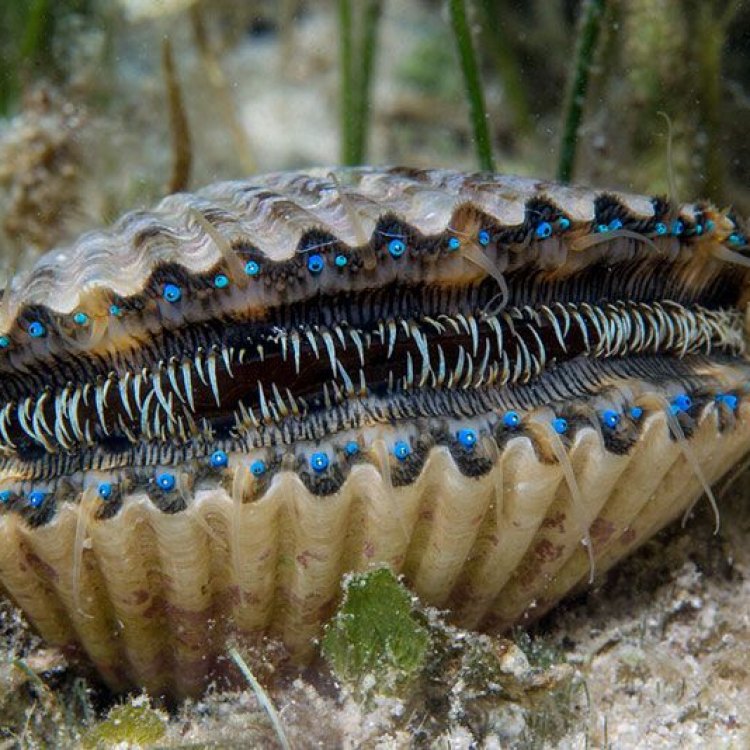
Scallops
- Adult Size: Up to 4 inches (10 cm)
- Average Lifespan: Up to 20 years
- Reproduction: Sexual
- Reproductive Behavior: Broadcast spawning
- Sound or Call: None
- Migration Pattern: Limited or localized migrations
- Social Groups: None
- Behavior: Sessile
- Threats: Overfishing, pollution, habitat destruction
- Conservation Status: Varies
- Impact on Ecosystem: Important filter feeders, provide habitat
- Human Use: Culinary, commercial fishing
- Distinctive Features: Two hinged shells, brightly colored mantles
- Interesting Facts: Scallops can swim by rapidly opening and closing their shells
- Predator: Various fish and invertebrates
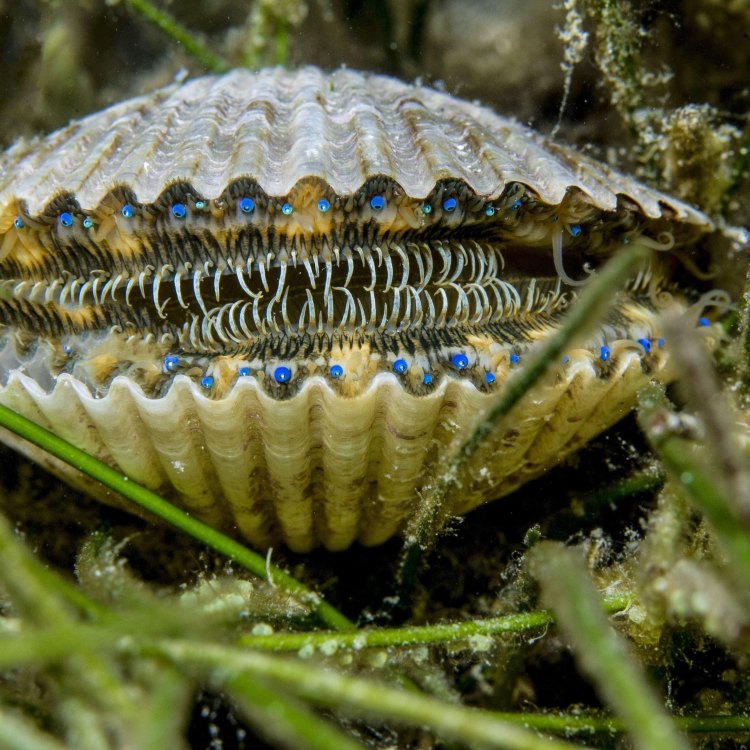
Pectinidae
The Intriguing World of Scallops: From Sessile Creatures to Oceanic Wonders
The ocean is a vast and mysterious world, home to countless species that are still being discovered and studied. Among these fascinating creatures are scallops, a type of mollusk that stands out for their unique features and behaviors.In this article, we will dive deep into the world of scallops, exploring their physical characteristics, behaviors, ecological significance, and human use. Through this journey, we hope to provide a better understanding and appreciation of these enigmatic creatures PeaceOfAnimals.Com.
A Peek into Scallops' Physical Characteristics
Scallops are bivalve mollusks, which means they have two hinged shells connected by a muscle. They are found in ocean waters worldwide, with the largest species reaching up to 4 inches (10 cm) in size. However, the average size of scallops is significantly smaller, ranging from 1 to 2 inches.One of the distinctive features of scallops is their brightly colored mantles. The mantle is a specialized organ that covers the internal organs of the scallop and is responsible for creating their shells. Depending on the species, scallop mantles can range from red, orange, yellow, purple, or even have intricate patterns.
Another notable characteristic of scallops is their ability to swim. While most bivalves are sessile, meaning they are attached to one spot, scallops can propel themselves by rapidly opening and closing their shells. This unique behavior allows them to escape predators or migrate to other areas Six Eyed Sand Spiders.
The Life of Scallops: Reproduction, Behavior, and Social Groups
Scallops are sexual reproducers, meaning they require a partner to reproduce. This process, known as broadcast spawning, is done by releasing eggs and sperm into the water column, where fertilization takes place.One of the most fascinating behaviors of scallops is their limited or localized migrations. While most bivalves remain in one place, scallops can move from one location to another, although not over long distances.
Unlike other marine animals, scallops do not form social groups or exhibit any social behavior. They live independently, scattered on the ocean floor, and do not communicate with each other.
Being sessile, scallops spend most of their lives attached to the ocean floor, with only their shells protruding above the sediment. Some species can be found hiding in crevices or attached to rock surfaces, while others prefer sandy or muddy bottoms.
Threats to the Survival of Scallops
Unfortunately, like many other marine animals, scallops face several threats to their survival. The most significant threat is overfishing, as scallops are a popular food source for humans. Commercial fishing has increased globally, leading to a decline in scallop populations in many areas.Pollution is also a severe threat to scallops. Chemicals, plastics, and other contaminants in the ocean can harm these creatures, disrupt their reproductive cycle, or even kill them.
Habitat destruction is another concerning issue for scallops. As more coastal areas are developed and industrialized, their natural habitats, such as seagrass beds and coral reefs, are destroyed, leaving these creatures with no place to thrive.
Conservation Efforts for Scallops
The conservation status of scallops varies among species. Some are considered endangered or vulnerable, while others are abundant and have healthy populations. The different conservation statuses depend on factors such as habitat availability, fishing pressure, and reproductive capacity.To ensure the survival of scallops, several conservation efforts are in place globally. These efforts include regulating fishing practices to prevent overexploitation, establishing marine protected areas to safeguard their habitats, and increasing public awareness about the importance of these creatures in the ocean's ecosystem.
The Ecological Significance of Scallops
Scallops play a crucial role in maintaining a healthy ocean ecosystem. As filter feeders, they feed on small organisms and particles suspended in the water, helping to keep the water column clean and clear. This process is essential for the survival of other marine animals, as well as the overall health of the ocean.Moreover, scallops also provide habitat for other marine species. The nooks and crannies of their shells offer shelter to small fish and invertebrates, contributing to the diversity and stability of the ocean floor.
The Human Use of Scallops
Scallops have been a part of human cuisine for centuries. Their tender, sweet meat is highly sought after, making them a valuable commercial fishing resource in many parts of the world. Scallops can be baked, grilled, fried, or steamed, and are enjoyed all around the world.Apart from being a culinary delicacy, scallops also have several commercial uses. Their shells are used for crafting jewelry, buttons, and even as decorative pieces. Their mantles are also a source of dyes used in food and cosmetics.
Unearthing Interesting Facts about Scallops
Apart from their unique features and behaviors, there are several interesting facts about scallops that make them stand out in the marine world.Did you know that scallops can have up to 200 eyes? Unlike other bivalves, they have well-developed eyes that allow them to sense light and movement.
Additionally, scallops have the ability to regenerate their lost body parts, including their eyes, shells, and muscles. This remarkable ability allows them to repair any damage caused by predators or injuries.
Predators of Scallops
Scallops, like any other creature in the ocean, have predators that pose a threat to their survival. Their main predators include various fish species, such as flounders, cod, and snappers, as well as invertebrates like starfish and crabs.However, scallops have developed several strategies to avoid being preyed upon. Apart from their swimming behavior, their hinged shells allow them to tightly close and protect themselves from predators. Some scallops also have spines or bumps on their shells, making them more challenging to swallow or crush.
In Conclusion
Scallops may seem like simple creatures on the ocean floor, but upon closer examination, they prove to be more intriguing and complex than expected. From their distinct physical characteristics to their unique behaviors, scallops have many features that set them apart from other marine animals.However, like most marine creatures, scallops face numerous threats to their survival. By understanding and appreciating their importance in the ocean's ecosystem, we can work towards conserving these incredible creatures for future generations to enjoy. So, the next time you indulge in a delicious plate of scallops, remember the hidden wonder and beauty of these sessile creatures from the ocean's depths.
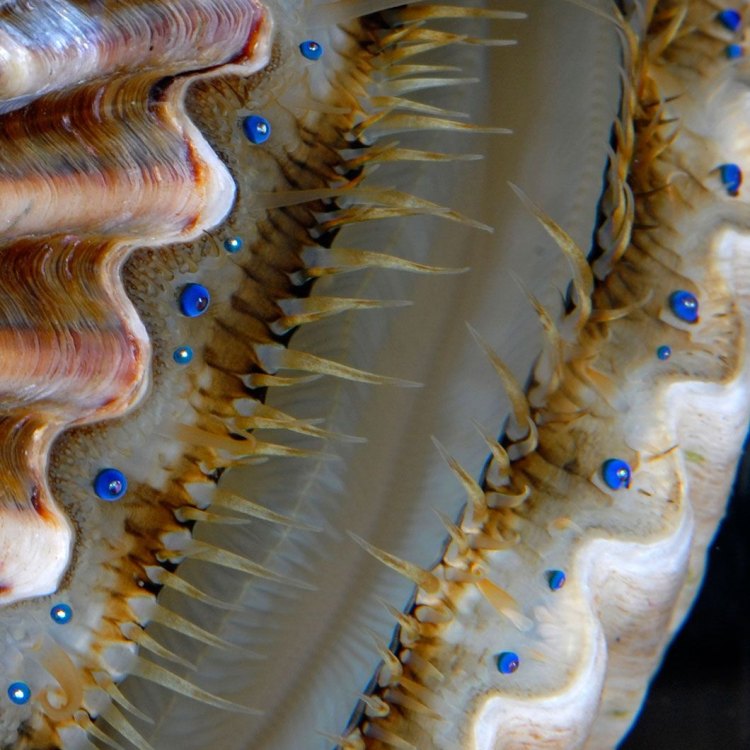
The Mysterious World of Scallops
Disclaimer: The content provided is for informational purposes only. We cannot guarantee the accuracy of the information on this page 100%. All information provided here may change without prior notice.

